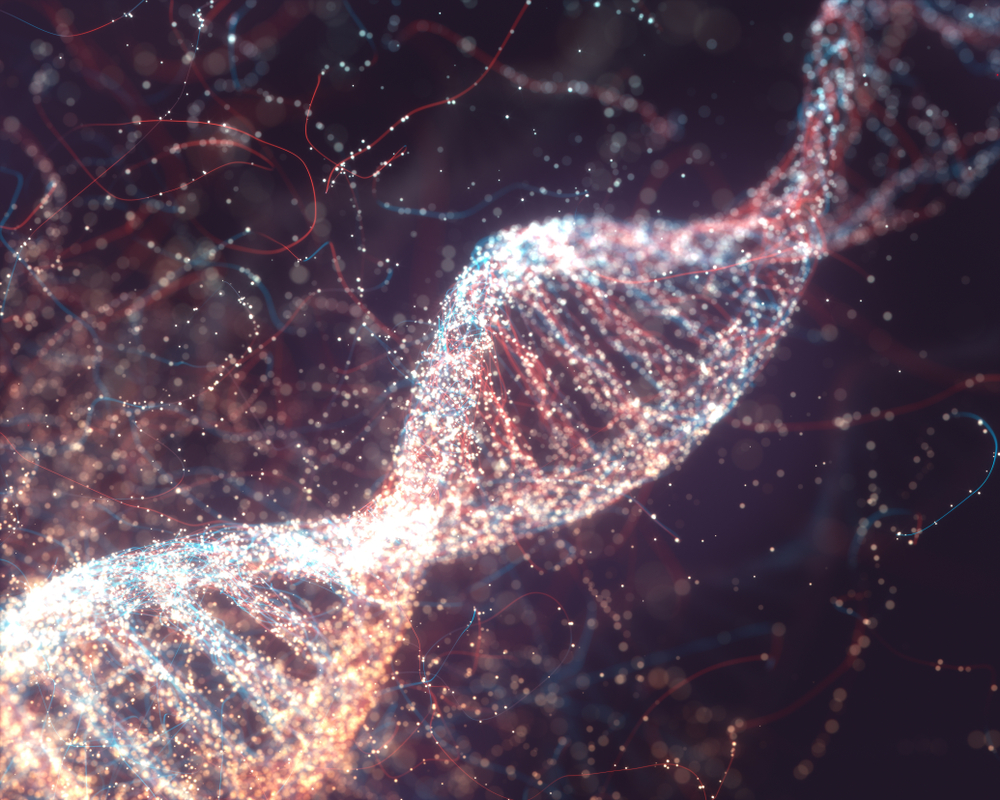Rare Semi-Identical Twins Discovered

Twins can be identical, fraternal and apparently semi-identical, scientists now report.
Researchers discovered twins who are identical on their mom's side of the equation but share only half their genes from dad.
Here's how it happened: Two sperm cells fertilized one egg—an event assumed to be very rare—then split into two embryos.
"Their similarity is somewhere between identical and fraternal twins," said geneticist Vivienne Souter, of the Banner Good Samaritan Medical Center in Phoenix, Arizona. "It makes me wonder whether the current classification of twins is an oversimplification."
The finding, detailed in the Journal of Human Genetics, was reported today by news@nature.com, the online site of the journal Nature.
Identical twins are created when one fertilized egg splits into two embryos. They share the same placenta and are always of the same sex. Fraternal twins result from two eggs being fertilized at the same time, each by a different sperm. Each has its own placenta, and they can be the same sex or not.
The semi-identical twins only came to the attention of Souter and her colleagues because one had ambiguous genitalia. The child was born a "true hermaphrodite" with both ovarian and testicular tissue. The other twin is a male, anatomically.
Sign up for the Live Science daily newsletter now
Get the world’s most fascinating discoveries delivered straight to your inbox.
The twins are now toddlers, according to the report. They were conceived and born normally and appear to be mentally normal and are growing normally.
- Identical Twins Not So Identical
- Do Identical Twins Have Identical Fingerprints?
- The Top 10 Worst Heredity Conditions










